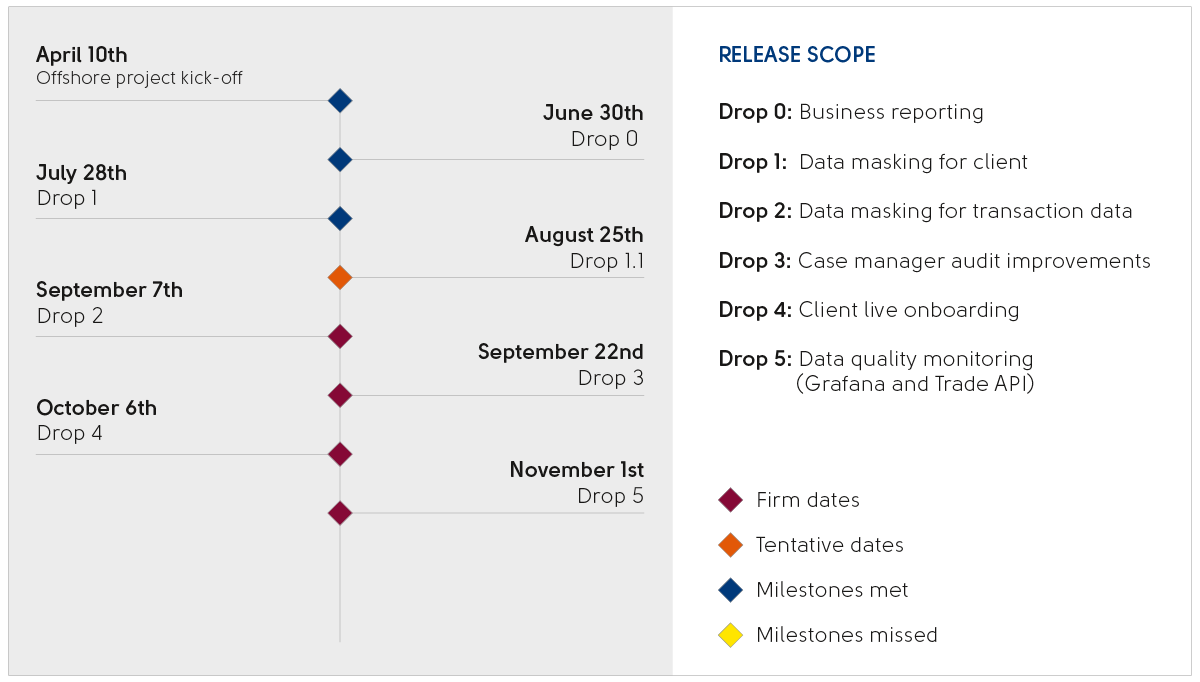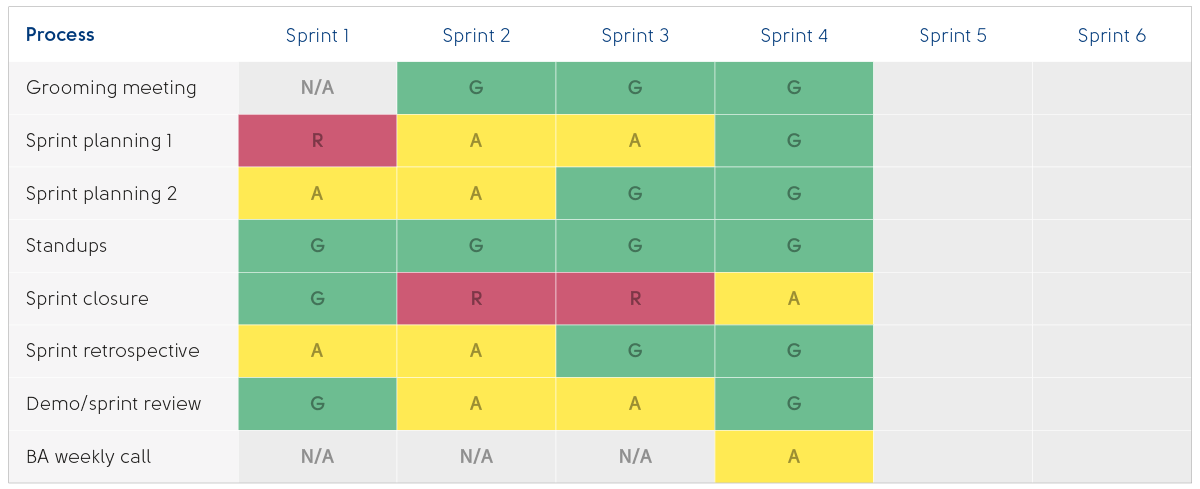5 key focus areas for keeping stakeholders aligned and engaged
Nov 6, 2020 by Andriy Cherednychenko
As advocates of Agile workflow, Zoreza Global helps its clients evolve their organization’s approach to Agile working, transforming Waterfall to Agile, improving Agile and DevOps working practices, and moving from simple Agile teams to Agile at scale, particularly with the Scaled Agile Framework® (SAFe®). SAFe® workflow and organizational patterns help companies scale Lean and Agile best-practices across, potentially, hundreds of disparate cross-functional teams, encouraging Agile alignment, collaboration and delivery.
While helping our clients to execute delivery transformations, we see several common patterns and challenges within organizations:
It’s challenging to address these issues without keeping stakeholders engaged. Measuring and tracking “performance,” providing relevant metrics and sharing the same context with all involved parties will help resolve these challenges.
When thinking about engaging stakeholders, try to reply to the following questions:
Based on our years of consulting and engineering service experience, we believe five key areas are worth considering for keeping stakeholders aligned and engaged. These proposed tools and metrics are easy to use and gather, and are representative and understandable at the same time. Properly set up metrics help the delivery team to keep a project on track as well as identify and mitigate risks before issues appear. Alternatively, stakeholders have a clear view of product availability, delivery challenges and how they are addressed and, finally, what is the return on investment.

Project Roadmap is a tool designed to help with project time management. Offering a lightweight view of the project timeline with milestones, the roadmap shows where the project is and where it should be over time. A release burn-up chart is a useful tool for project scope management. Project team estimates the project scope and builds a release burn-up chart to show how they move towards the scope and forecast scope accomplishment.
A team’s performance can be represented by a team’s velocity showing generated value and helping to forecast future releases with 1–2 sprint precision.

It's very important to manage stakeholders' expectations by measuring their satisfaction. To do this, you need to listen to feedback and react accordingly. Consider custom questionnaires or existing tools, such as Net Promoter Score (NPS), to understand the likelihood of your services to be recommended to others by your existing stakeholders and clients.

Another metric which concerns business stakeholders and customers is product health. It can be defined by quality metrics, such as number of defects and test coverage, to demonstrate product quality. With ongoing projects and particularly when adopting new processes, the process health metric shows how processes are followed at the project and where the focus should be.

Every project begins with the intent of gaining more users, earning more money, complying with regulatory requirements, keeping technology up to date or spending less money on support. A project is an investment which requires a return, so the budget should be tracked precisely. We propose project budget forecast and utilization tracking to manage project cost. Our clients find this extremely useful in all types of engagements.
Continuously look for opportunities and areas for improvement, document them and review with the stakeholders. Keep the metrics simple and represent value-add, such as domain trends, technology choices, transformation, ways of working, workshops and knowledge management.
These insights are not a silver bullet and should be applied wisely. Remember that each stakeholder requires a different level of detail and has various expectations, so keep your metrics and indicators aligned to those who are concerned.
Alternatively, when introducing complex metrics, there are additional issues and challenges compared to a lack of metrics. In this case, gathering statistics data costs far more than the benefits from the metrics would provide. We have handled these situations before and can assist you if you encounter similar challenges.
If you’d like to discuss the benefits of metrics, as well as some best approaches for your project and programs, contact me at acherednychenko@luxoft.com
Find out how Zoreza Global can help sharpen productivity, encourage knowledge-sharing and enable the workshopping of innovative ideas, as well as boosting the confidence in bringing value to stakeholders.